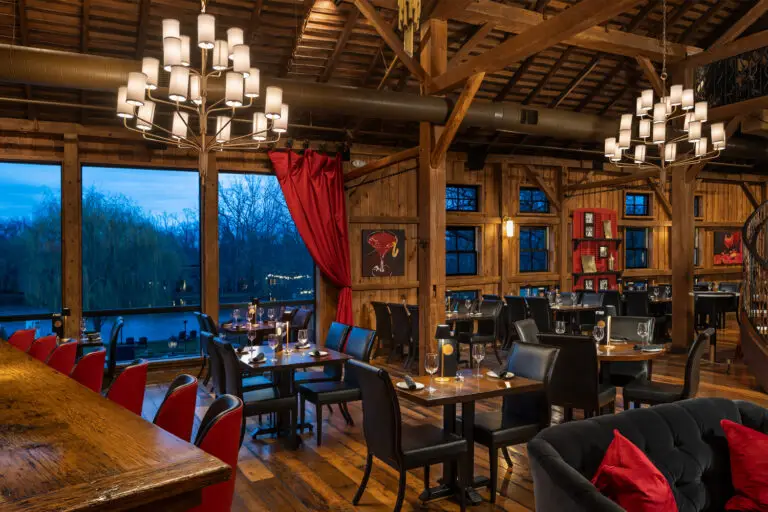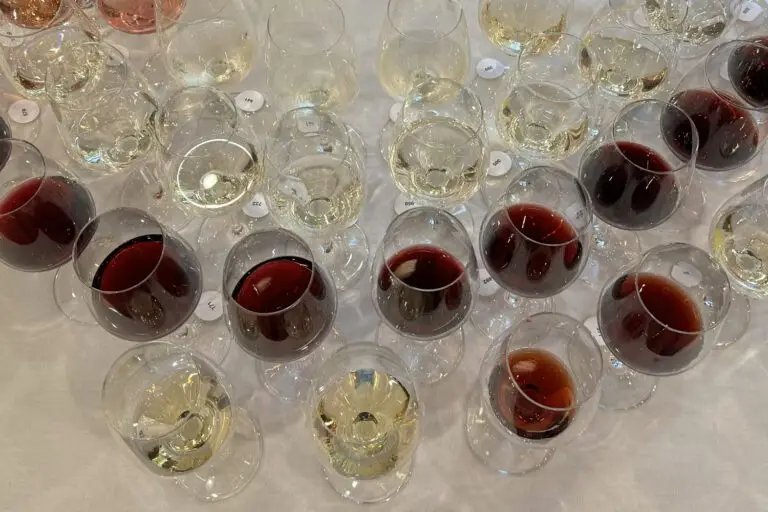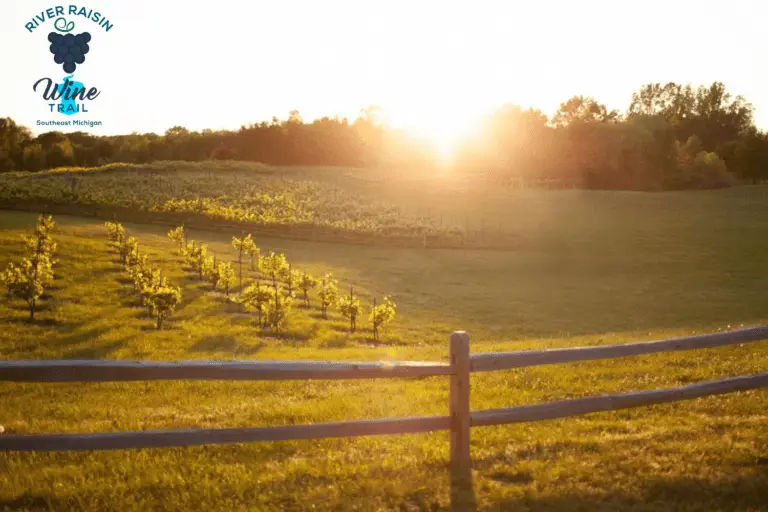 The pressure’s on: It’s time to buy the next round and you just became a craft beer fan last week. How do you avoid ordering the equivalent of Boone’s Farm? How do you know what everyone else will enjoy?
The pressure’s on: It’s time to buy the next round and you just became a craft beer fan last week. How do you avoid ordering the equivalent of Boone’s Farm? How do you know what everyone else will enjoy?
Okay, forget everybody else. You want to show them your approach and the best way to do that is to know the basic beer styles and taste them. Once you do, delving into sub-styles and preferred brands will be easy. Here’s a short primer on beer styles.
A tale of two yeasts
Beers are generally made from malted grains, water, hops and yeast. Usually the grain is barley and most beer experts divide the sudsy universe into two categories: ales and lagers. These are determined by the type of yeast used for fermenting.
Ale yeast collects at the top of the brewing vessel. This “top-fermentation” happens at a high temperature so the yeast acts quickly and fermentation may be completed in as little as two weeks. Top-fermenting typically produces complex, fruity flavors and is still used to make most wheat beers and all true ales, porters and stouts.
Bavarian brewers discovered that storing their beer in icy caves in the Alps made the yeast fall to the bottom of the brew. Bottom-fermented beers became known as lagers, meaning “store” in German. At colder temperatures, bottom-fermenting yeast produces fewer flavor compounds yielding a mild, crisp, clean tasting beer. The lagering process softens flavors and texture.
Beneath these two major categories there are literally dozens of styles and sub-styles. A few of the more broadly-appreciated and accessible ales are: pale ales, India pale ales, brown ales, wheat beers, porters and stouts. Here’s a basic definition of each:
Pale Ales, whether English or American, are top-fermented and made with pale-colored malts. “Pale” was added to distinguish these ales from the dark color of Porters. American and English styles differ, but generally they are gold or copper colored with dry, crisp hop flavor.
India Pale Ales have intense hop flavors, aromas and a slightly higher alcohol content than pale ales. Legend has it IPAs were created when pale ales spoiled on the long voyage to British troops stationed in India. Extra-hopping lengthened their shelf-life and made for more contented soldiers and expats.
Brown Ales got their name from London brewers in the 17th century because their products were made with 100 percent brown malt. Although the term had a different meaning than it does today, 18th-century brown ales were lightly hopped and generally low alcohol. Today’s brown ales have a strong, malty center and can be nutty, sweet and very lightly hopped. They’re medium-bodied and the name matches their color.
Wheat beers or Hefeweizen started in Germany. There are rules German brewers must follow to call their product hefeweizen. It is required by law to use top-fermenting yeast and at least 50 percent must be wheat malt. Wheat beers are commonly unfiltered and have a hazy or cloudy appearance. In the U.S., it’s customary to serve wheat beer with a lemon wedge to cut the intense yeast flavor.
Porters may be considered a sub-category of brown ales because they descend from that concept: made with brown malts but well-hopped and dark-colored. Made with a blend of younger and older ales and introduced in 18th-century London, the beverage name came to be associated with its primary customers, street and river porters.
Stouts are simply stronger porters. Made with roasted barley and having higher alcohol content, they were called extra porter or extra stout porter, eventually shortened to stout.
Lagers
This beermeister tried lagers made by large commercial brewers during college and summarily dismissed them as bland-tasting. Then the craft beer scene hit and I discovered Dortmunder, a flavorful German lager. Here are basic definitions of some other popular lagers:
Pilsners are considered the world’s most popular beer style. Conceived in the former Czechoslovakia, pilsners are straw-colored and crisp with medium body and more hops than traditional lager, but with a smooth clean finish.
Amber/Red Lagers are darker and have more malt. Usually copper colored, their flavor profiles vary considerably. Most beers labeled just “lager” are ambers.
Bocks are originally from Germany, brewed to be enjoyed in winter or early spring. It’s a strong lager with heavy malts, lightly hopped and dark amber to brown in color. These beers are malty, sweet and sustaining – and considered winter warmers.
Doppelbock means “double” bock and is stronger, sweeter and darker than bock. Typically its alcohol by volume (ABV) is 7.5 percent or higher.
Go for it: Ask the bartender what they have on tap or by the bottle and impress your companions. They will be amazed by your style.




